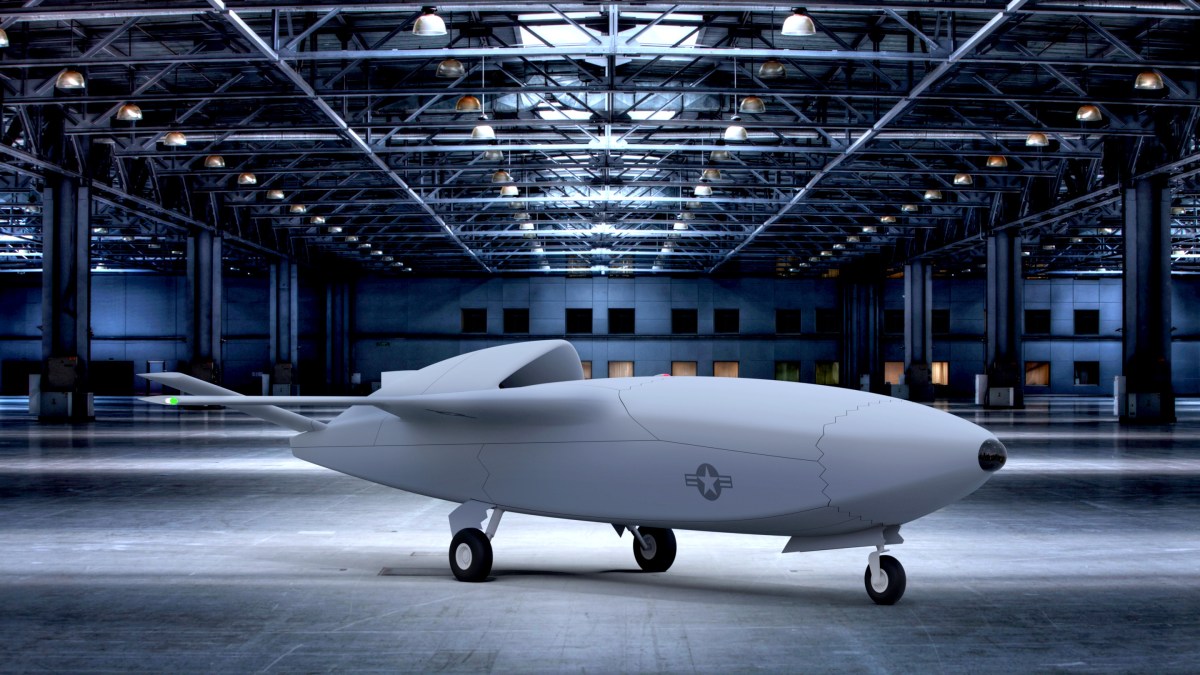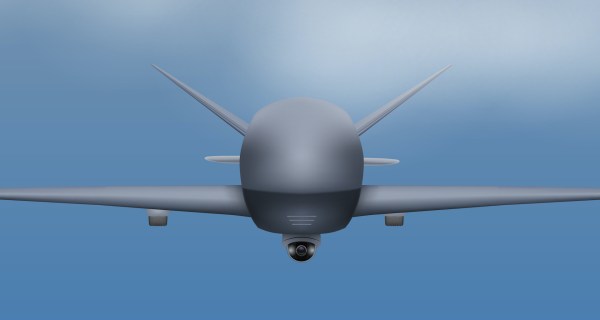Air Force sees 2 business models for integrating robotic wingmen into combat formations

The Air Force envisions having robotic wingmen that it can “mix and match” with manned aircraft for combat operations. But to enable that interoperability, the service needs to embrace new hardware and software business models that foster “synchrony and harmonization” among different components of the acquisition community, a senior official said.
The Air Force plans to create a “family of systems” for its Next-Generation Air Dominance (NGAD) program, which aims to develop a stealthy sixth-generation fighter as well as drones — also referred to as autonomous “collaborative combat aircraft” (CCA) — and various mission systems that could accompany them into battle. The service has outlined a similar vision for the B-21 Raider, its next-gen stealth bomber.
The NGAD platform recently entered the critical engineering and manufacturing development (EMD) phase, and the B-21 could achieve first flight as early as next year.
The Air Force will be “trying to take multiple capabilities from within a family of systems and execute them within a program office, but not as a single rigid, monolithically integrated platform, while at the same time having different program offices building different pieces of the solution that can still be interoperable and work together,” Tim Grayson, special assistant to the secretary of the Air Force, said Thursday during an event hosted by the Hudson Institute.
Grayson previously served as director of the Defense Advanced Research Projects Agency’s Strategic Technology Office, which is focused on technologies that enable military forces to fight as a network.
He used a football analogy to describe the Air Force’s operational concept for robotic wingmen and manned-unmanned teaming, noting how football teams develop, integrate and swap out different specialty players.
“One of the interesting things that’s come out of the [operational imperative] studies — and I can’t in this forum go into details of the specific functions or missions — but we’ve seen examples of where you might take a CCA platform capability inspired by some of the NGAD work, but not deploy it with an NGAD. It might actually be launched and, at least for initial deployment, operated by some other additional entity. And then later on in the fight reform a new formation … reform even a new team, where you know the command and control might fall over to a different platform,” he said.
“We’ve even seen some of this in some of the studies that have been done between NGAD and B-21, you know, where there could be a little bit of … dynamic mix and match there of who’s going to form the offensive line, so to speak, and who’s going to be the quarterback,” he added.
However, integration of compatible data links and software will be essential so that drones can be paired with multiple types and variants of manned platforms, he noted.
“I do see the need to create some degree of synchrony and harmonization, you know, whether or not it’s a program office buying these different … classes and models of CCAs and some of the supporting mission systems, whether it’s something like an ABMS [Advanced Battle Management System] that works architecture and figures out how to create some of the compatibility,” he said.
Grayson highlighted the “primacy of software” in these families of systems that will need to be adaptive, evolving and interconnected with the assistance of industry.
“I may have situations where I need to go have very software-intensive developers, and that could be actually people writing code. More likely it’s some of these more light system integrators … but still digitally oriented kinds of functions that in some cases may act almost more like a prime [contractor], you know, where they could be out there contracted to define and compose one of these architectures that oh, by the way, happens to include a platform,” he said.
“I think those are the two big business models we need to be moving toward, you know, one where we can do major hardware systems more as a dynamic family of systems within a contained program structure, and then another one that’s almost more of a services-based mindset of how we do the integration itself and the digital piece,” he added.




